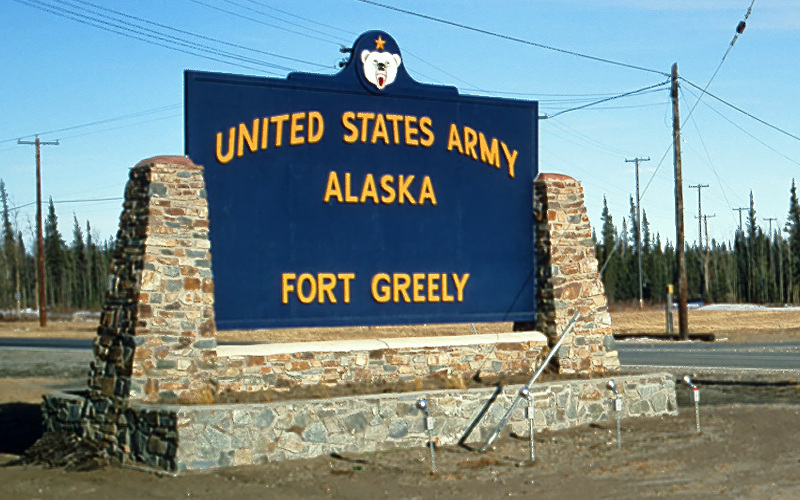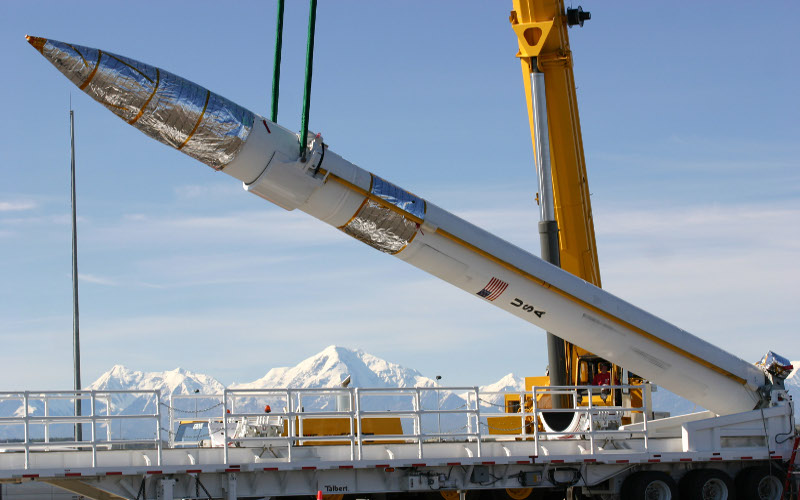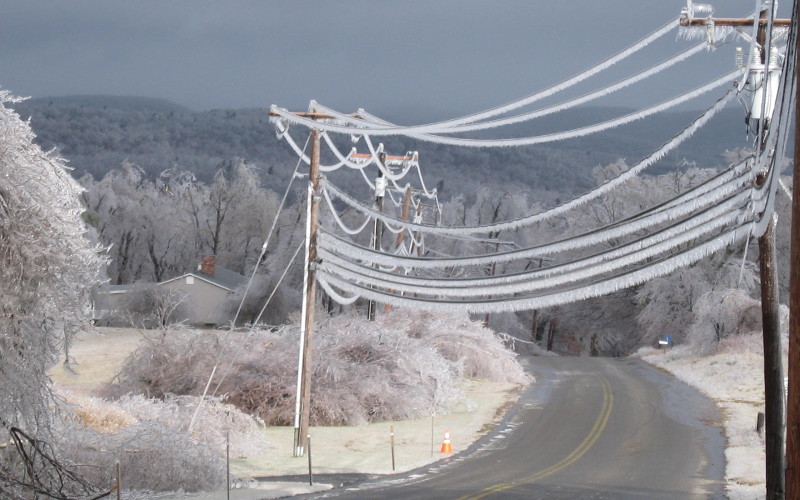Project Description
Project Name
Arctic HEMP-Hardened Microgrid
Location
Fort Greely, Alaska
Challenge
Microgrid as a Service (MaaS) in Arctic Conditions
Description:
The U.S. Army installation, Fort Greely Alaska, (FGA) was realigned as part of the 1995 Base Realignment and Closure (BRAC) process. The installation, which is located approximately 100 miles southeast of Fairbanks, Alaska and within five miles of Delta Junction, a community of approximately 840 residents, provides first-line-of-defense ballistic missile protection to North America and supports various artic-condition testing operations. In 1999, the Department of Defense announced that FGA would host critical sectors of the Missile Defense Agency (MDA). Today, soldiers and civilians of the Post work at or support the MDA, the Cold Regions Test Center (CRTC), the Northern Warfare Training Center (NWTC), and Allen Army Air Field (AAAF). FGA, designated as a remote and isolated installation, is the single largest employer in Delta Junction, with many residents working on the installation.
Proposed Microgrid as a Service Solution Details
- 99.999% Guaranteed Availability (Electrical)
Microgrid as a Service
- Pre-Fabricated Primary Equipment Skids
- Variable Load Growth Capability
- Fast-Track Design-Build-Operate Project Delivery
- 5 X 2 MW (2,922 HP) Diesel UPS Systems
- Rotary UPS (Flywheels)
- Power Conditioning & Energy Storage Ride-Through
- MIL-STD-188-125 Enclosures (HEMP)
- Power Quality > ITIC and IEEE 519
Three of PowerSurety’s principals were responsible for driving and managing the development of an Enhanced-Use Lease-based (EUL) high altitude electromagnetic pulse (HEMP) hardened power conditioning and standby power-focused microgrid at FGA while under the employ of Chevron USA Inc. The hardened microgrid facility was designed to support the MDA ballistic missile defense site, which was vulnerable to extended power outages, grid disturbances, and high altitude electromagnetic pulse interference. The facility’s design was sufficient to provide power quality in excess of IEEE standards and the Microgrid as a Service (MaaS) transaction structure was flexible enough that Congressional appropriations would not be needed to fund the project’s capital requirements.
Through the EUL process, the Army sought a developer to construct, operate, and maintain facilities to fulfill these needs; be compatible with the FGA missions; and serve to augment FGA’s mission capabilities. The direct participation of PowerSurety principals in the project included project development that required the coordination of key Army, FGA, U.S. Army Corps of Engineers (USACE), and MDA stakeholders; overseeing design; and actively participating in the competitive EUL contractor selection process. Additionally, due the complexity of the project, PowerSurety principals actively guided the project team through the project’s planning, development, design, engineering, and economic and cost/pricing analysis.






